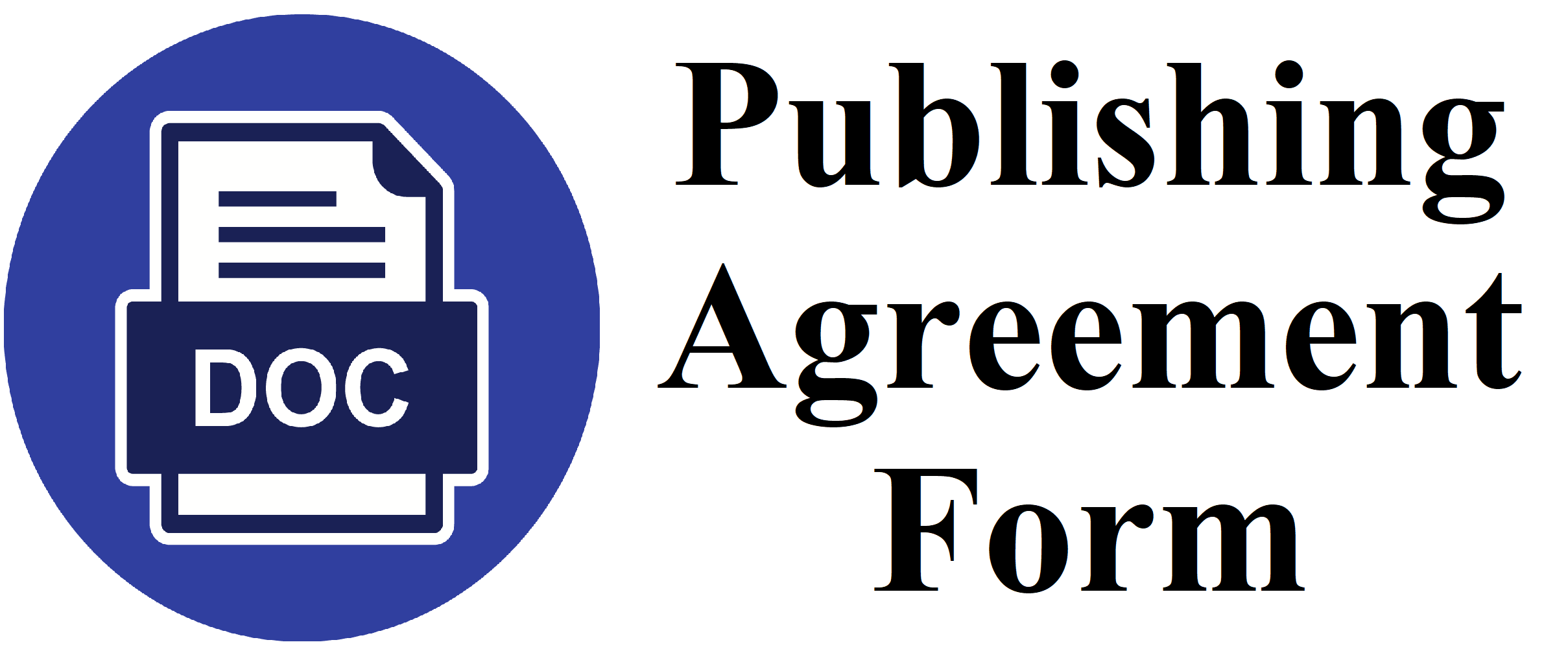Correlation of Smoking with Carbon Monoxide Level and Peak Expiratory Flow Rate in High School Students Banda Aceh
DOI:
https://doi.org/10.36497/jri.v43i3.294Keywords:
Banda Aceh, CO levels, PEFR, smoker student, senior high school studentAbstract
Background: Indonesia has the highest number of adolescent smokers in the world. Carbon monoxide (CO) is a by-product of tobacco smoking and is inhaled into the lungs. A smokerlyzer can monitor its level. Cigarette smoke also causes inflammation that affects airflow in the airways and can be detected by measuring the peak expiratory flow rate (PEFR). This study aims to determine the relationship between smoking and CO levels and PEFR in high school students in Banda Aceh City.
Methods: This quantitative study uses an analytical observational approach with a cross-sectional design. This study involved 300 students from five senior high schools in Banda Aceh. The data were analyzed using the Mann-Whitney and Spearman test with a significance value <0.05.
Results: CO levels of the smoker students were higher (12.61 ± 3.342 ppm) than nonsmoker students (2.46 ± 0.569 ppm), p=0.000. The average PEFR for smoking students was lower than nonsmokers (61.11 ± 9.163%) than for non-smoking students (78.48 ± 6.804 %), p=0.000. Duration of smoking in smoking students was also strongly associated with CO levels and PEFR (r=+0.749, p=0,000, r=-0.560, p=0.000, respectively).
Conclusion: There is a relationship between smoking and CO levels and PEFR in senior high school students in Banda Aceh.
Downloads
References
Gray KM, Baker NL, Mcclure EA, Tomko RL, Squeglia LM, Saladin ME, et al. Efficacy and safety of varenicline for adolescent smoking cessation: A randomized clinical trial. JAMA Pediatr. 2019;173(12):1146–53.
World Health Organization. WHO global report on trends in prevalence of tobacco use 2000-2025. 3rd ed. 2019.
Kementerian Kesehatan RI. Riset Kesehatan Dasar 2013. 2013.
World Health Organization. Regional Office for South-East Asia. Global Youth Tobacco Survey (GYTS) Indonesia Report, 2014 [Internet]. New Delhi: WHO Regional Office for South-East Asia; 2015. Available from: https://apps.who.int/iris/handle/10665/205148
World Health Organization. Global Youth Tobacco Survey (GYTS) Fact Sheet Indonesia 2019. 2019.
Vasthare R, Kumar S, Arron L. Carbon monoxide breath analyzers and its role in tobacco cessation: A narrative review of literature. Journal of International Oral Health. 2018;10(2):71–6.
World Health Organization. Health effects of smoking among young people [Internet]. World Health Organization; 2013 [cited 2021 Jan 15]. Available from: https://www.who.int/tobacco/control/populations/yo uth_health_effects/en/
Nawafleh HA, Al-Sayed Abo Zead S, Al-Maghaireh F. Pulmonary function test: The value among smokers and nonsmokers. Health Science Journal. 2012;6(4):703–13.
Sari A, Kesehatan P, Padang K, Korespondensi A. Perilaku merokok di kalangan siswa Sekolah Menengah Atas di Kota Padang. Jurnal Ilmiah Kesehatan Masyarakat: Media Komunikasi Komunitas Kesehatan Masyarakat. 2019;11(3):238–44.
Rachmat M, Thaha RM, Syafar M. Perilaku merokok remaja Sekolah Menengah Pertama. Kesmas: Jurnal Kesehatan Masyarakat Nasional (National Public Health Journal). 2013;7(11):502–8.
Paskaria C, Fransisca F, Kurnia J, Gunawan Z, Gunawan D. Students’ smoking profile at Sukatani Village, Purwakarta. Jurnal Respirologi Indonesia. 2018;38(4):199–202.
Inayatillah IR, Syahrudin E, Susanto AD. Kadar karbon monoksida udara ekspirasi pada perokok dan bukan perokok serta faktor-faktor yang mempengaruhi. Jurnal Respirologi Indonesia. 2014;34(4):180–90.
Chatrchaiwiwatana S, Ratanasiri A. Exhaled carbon monoxide levels among tobacco smokers by age. Southeast Asian J Trop Med Public Health. 2017;48(2):429–37.
Deveci SE, Deveci F, Açik Y, Ozan AT. The measurement of exhaled carbon monoxide in healthy smokers and non-smokers. Respir Med. 2004;98(6):551–6.
Hrabovsky S, Yingst JM, Veldheer S, Hammett E, Foulds J. Measurement of exhaled breath carbon monoxide in clinical practice: A study of levels in Central Pennsylvania community members. J Am Assoc Nurse Pract. 2017;29(6):310–5.
Herawati MH. Bahan yang mengandung zat adiktif pada produk rokok dan dampaknya terhadap kesehatan. In: Temu Ilmiah jaringan kerjasama kimia Indonesia. Yogyakarta; 2010.
Hall JE. Guyton and hall textbook of medical physiology. 12th ed. Elsevier - Health Sciences Division; 2010.
Hampson NB, Piantadosi CA, Thom SR, Weaver LK. Practice recommendations in the diagnosis, management, and prevention of carbon monoxide poisoning. Am J Respir Crit Care Med. 2012;186(11):1095–101.
Soemarwoto RA, Mustofa S, Rusmini H, Sinaga F, Fadhila N. The effects of active and passive smoking to predicted peak expiratory flow rate and oxygen saturation among Indonesian primary school children (aged 10–13 years) in Bandar Lampung, Indonesia. Chest. 2019 Oct 1;156(4):A1100.
Faqilah A. Perbedaan nilai arus puncak ekspirasi antara perokok dengan intensitas ringan dan bukan perokok pada siswa SMA usia 15-18 tahun di Kecamatan Cibinong Kabupaten Bogor Jawa Barat periode 2018. [Jakarta]: Universitas Pembangunan Nasional “Veteran” Jakarta; 2018.
Medabala T, Rao BN, Glad Mohesh MI, Praveen Kumar M. Effect of cigarette and cigar smoking on peak expiratory flow rate. J Clin Diagn Res. 2013;7(9):1886–9.
Hilyah RA, Lestari F, Mulqie L. Hubungan antara kebiasaan merokok dengan kadar karbon monoksida (CO) perokok. Jurnal Ilmiah Farmasi Farmasyiah. 2021;4(1):1–5.
Sukreni NPS, Wibawa A, Dinata IMK. Hubungan jumlah konsumsi batang rokok terhadap nilai arus puncak ekspirasi pada laki-laki dewasa muda. Majalah Ilmiah Fisioterapi Indonesia. 2017;5(3):49–52.
Martin T. The effects of carbon monoxide from cigarette smoking [Internet]. verywellmind. 2020 [cited 2020 Dec 13]. Available from: https://www.verywellmind.com/carbon-monoxide-in-cigarette-smoke-2824730
Abdulrahman WF. Effect of smoking on peak expiratory flow rat in Tikrit University. Tikrit Medical Journal. 2011;17(1):11–8.
Downloads
Additional Files
Published
Issue
Section
License
- The authors own the copyright of published articles. Nevertheless, Jurnal Respirologi Indonesia has the first-to-publish license for the publication material.
- Jurnal Respirologi Indonesia has the right to archive, change the format and republish published articles by presenting the authors’ names.
- Articles are published electronically for open access and online for educational, research, and archiving purposes. Jurnal Respirologi Indonesia is not responsible for any copyright issues that might emerge from using any article except for the previous three purposes.
















